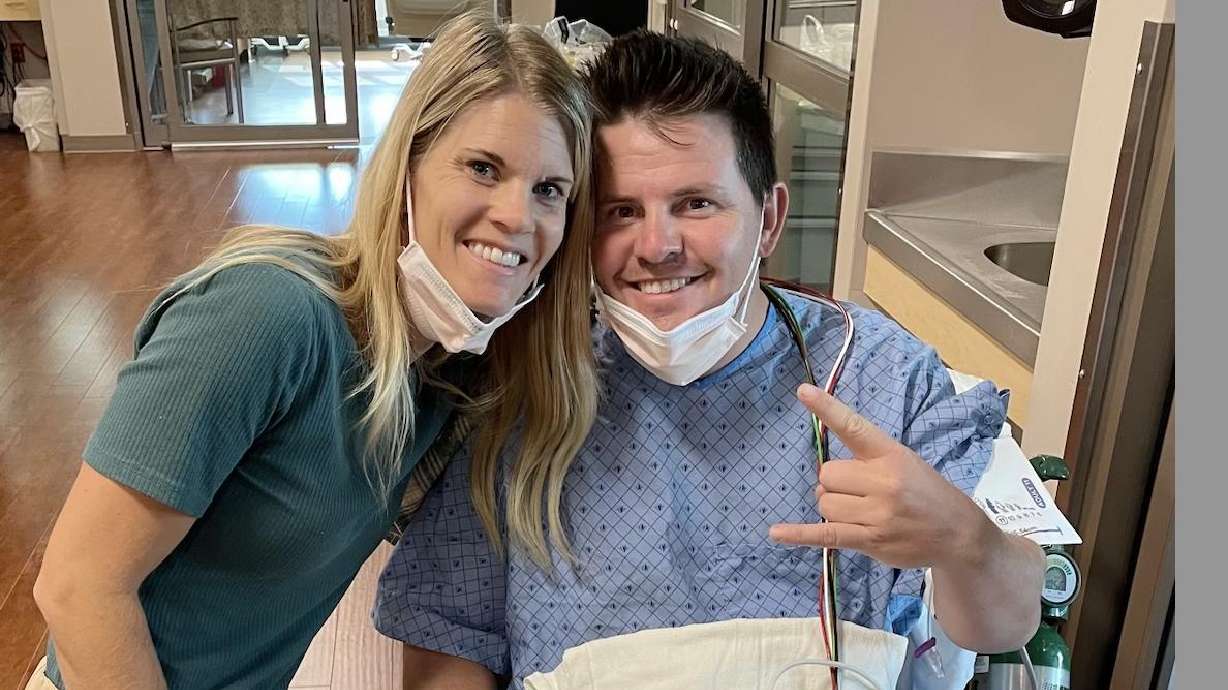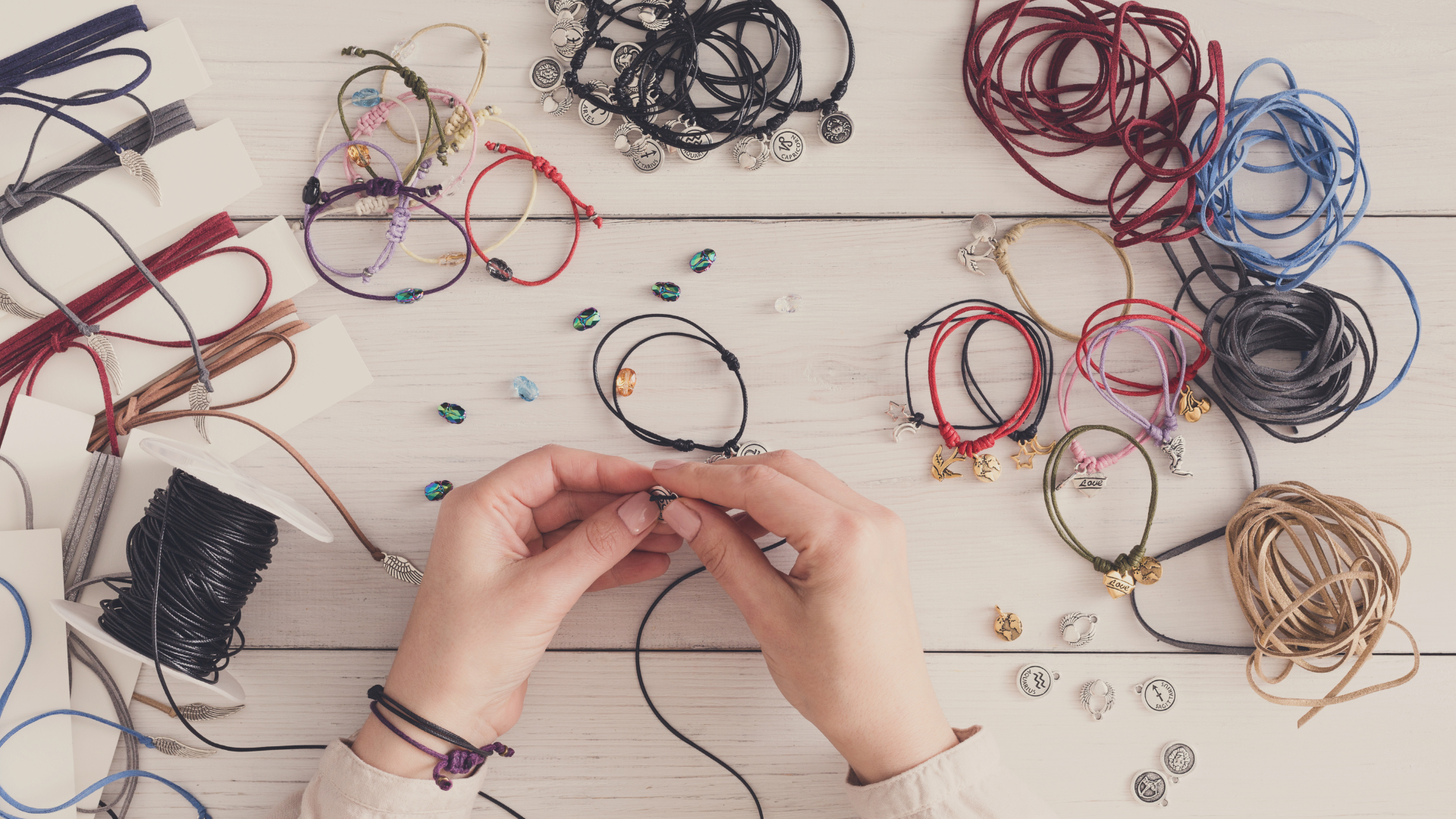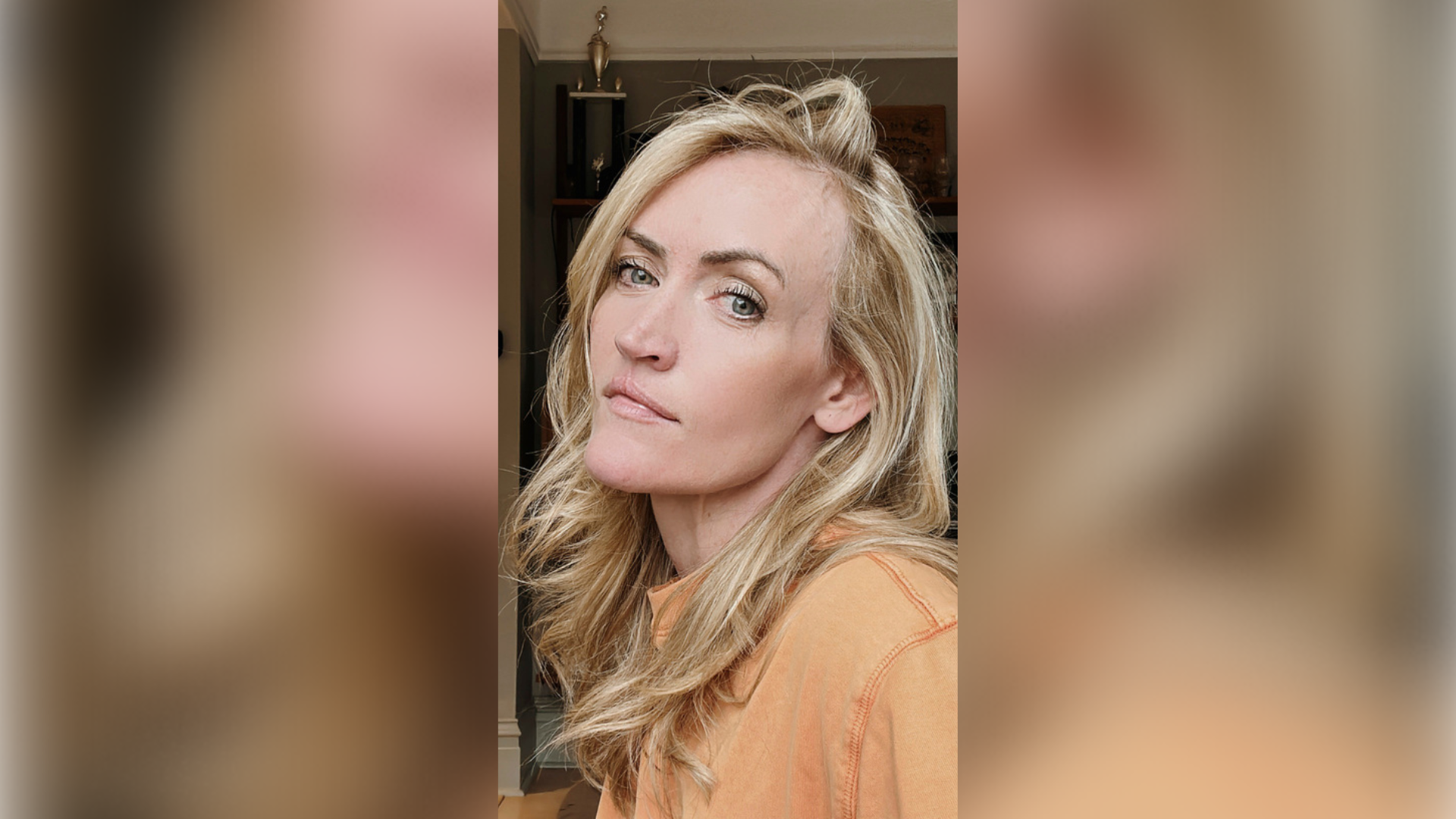HEALTH
Gulp. We consume up to a credit card’s worth of plastic *every* week
Nov 2, 2022, 12:30 PM

A collection of credit cards are displayed in this illustrated photo on Wednesday, Aug. 3, 2022. (Scott G Winterton, Deseret News)
(Scott G Winterton, Deseret News)
(CNN) — Here’s something that will haunt you: You likely consume the rough equivalent of a credit card’s worth of plastic every single week, according to a World Wildlife Fund study.
Yup. You read that right. A credit card!
The plastic you are unwittingly eating and breathing is in the form of microplastics, tiny amounts of the substance that shed off of our everyday objects.
“Scientists actually who were taking samples of dirt from national parks in the US to look for other things like wildfire residue were surprised to find that every sample of dirt they took had tiny plastic particles,” Allison Cobb, the author of “Plastic: An Autobiography” told me for my new podcast “Downside Up.” And we think of national parks as being very pristine places. So since then, scientists have found tiny plastic particles everywhere on earth, in the Arctic where there really aren’t people. These tiny particles are being carried all over the earth.”
Utah’s plastics angle: Recycle single-use plastic at your local Smith’s
The American Chemistry Council disputes the idea that we may consume a credit card’s worth of plastic every week, noting that other independent studies have shown that microplastics are far less of a problem than the WWF report suggests.
The omnipresence of plastic in our lives is actually a relatively recent invention.
During World War II, metals and even rubber were scarce commodities. The plastics industry saw an opportunity — and lobbied the government to fund efforts to develop new forms of plastic. (Plastic itself is a catch-all term that simply means that it is easy to form and mold.)
Out of the research done during the war came things like nylon and polyethylene — the most common form of plastics these days. And post-war, there were factories ready and willing to mass produce all of the plastics that people has begun to rely on.
The plastic boom was on — and we’ve never looked back. Plastic is now a part of almost every element of modern life — from the keyboard I am writing this on to the computer that allows me to upload it to the internet to the phone that you’re reading it on.
And it has, unquestioningly, done quite a bit of good.
“Think about the plastic tubes in a respirator, think about a blood bag, think about tiny IV tubes for, say, a premature baby,” Cobb told me. “Plastics have transformed the medical industry. Think about plastic artificial limbs. So there are incredible important applications for plastic.”
The problem? Well, it’s two-fold:
1) Plastic is man-made and there’s nothing in our natural environment that breaks it down.
2) Single-use plastic is hugely popular.
Take that second point first. More than a third of all plastic goes into packaging, which is, by its nature, single-use.
“We know that despite the plastic industry’s PR blitz around the importance of recycling and the viability of recycling, only about 9% of plastic gets recycled,” Cobb told me. “The rest is thrown away.”
Which gets us to point #1 above — that there is no easy or simple way to break down plastic. Which means it lingers in our environment — and leads us to consuming bits of microplastics every day, week, month and year.
There are some efforts around the world to limit single-use plastics.
The UK has banned plastic cutlery, straws, drink stirrers, plates and Styrofoam containers, as well as beauty products containing microbeads. Nearly 100 countries have banned plastic grocery bags.
But those efforts have, to date, run into the profit margin. “Plastic is one of the cheaper materials out there in the world today,” said Winnie Lau, who works on the reduction of plastic for the Pew Charitable Trusts. “For example, we had spoken with one manufacturer of food, I won’t name them, but they basically said, ‘It’s much faster for their machinery to use plastic as a packaging than paper or other things.’ So if they can make things faster, it’s cheaper for them overall.”
Part of the change will need to come from individuals. We are a throwaway culture in the United States, thinking nothing of tossing a half-full water bottle or the Styrofoam packaging that came with your latest online purchase.
“What it does take is everyone, every company, every government, every individual putting in the effort to make it happen,” Lau told me. “And no one can sit on the sidelines, no one can say someone else will do it. If we all actually band together, come together and put in place the solutions, we can solve this within the generation.”
Update: This headline has been updated to clarify that individuals may consume up to a credit card’s worth of plastic every week. This story has also been updated to include a response from the American Chemistry Council.
The-CNN-Wire
™ & © 2022 Cable News Network, Inc., a Warner Bros. Discovery Company. All rights reserved.












